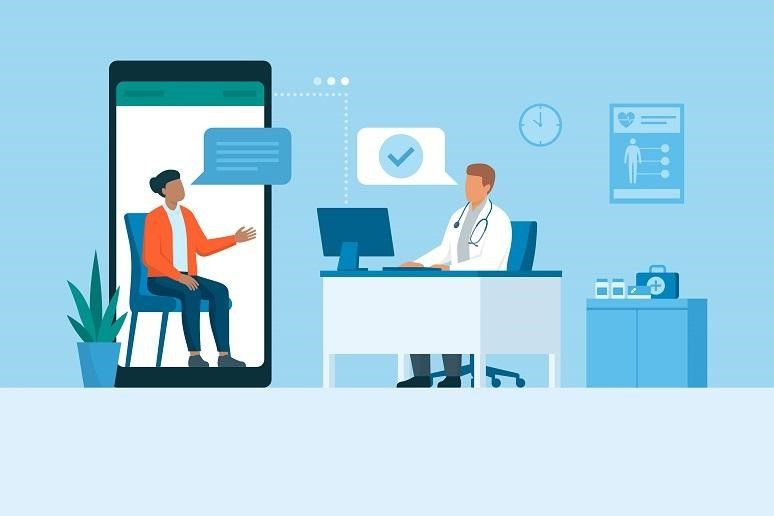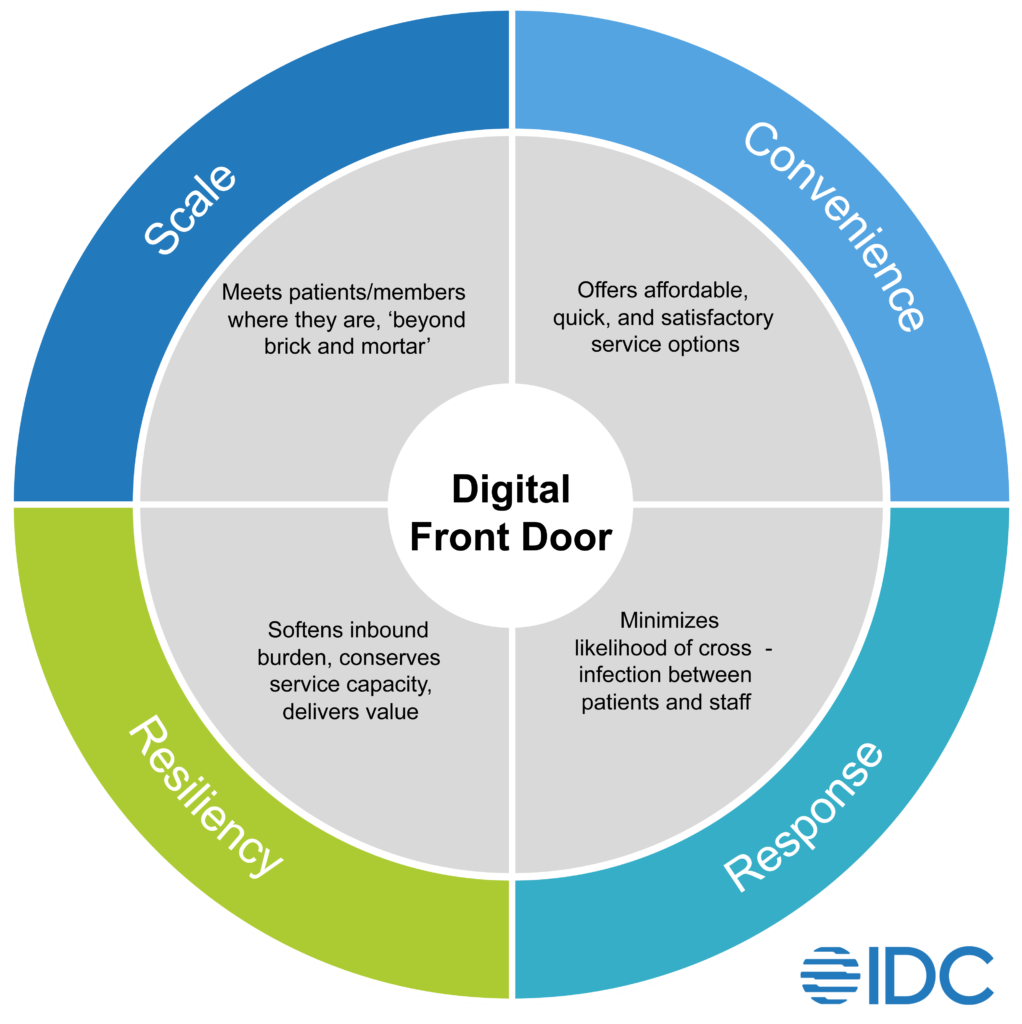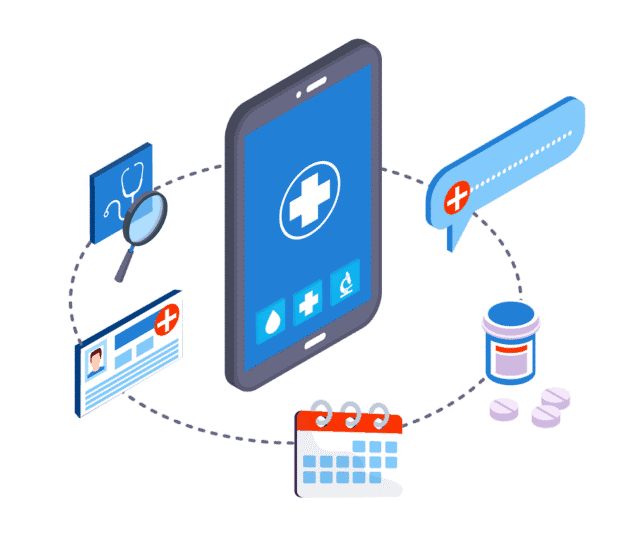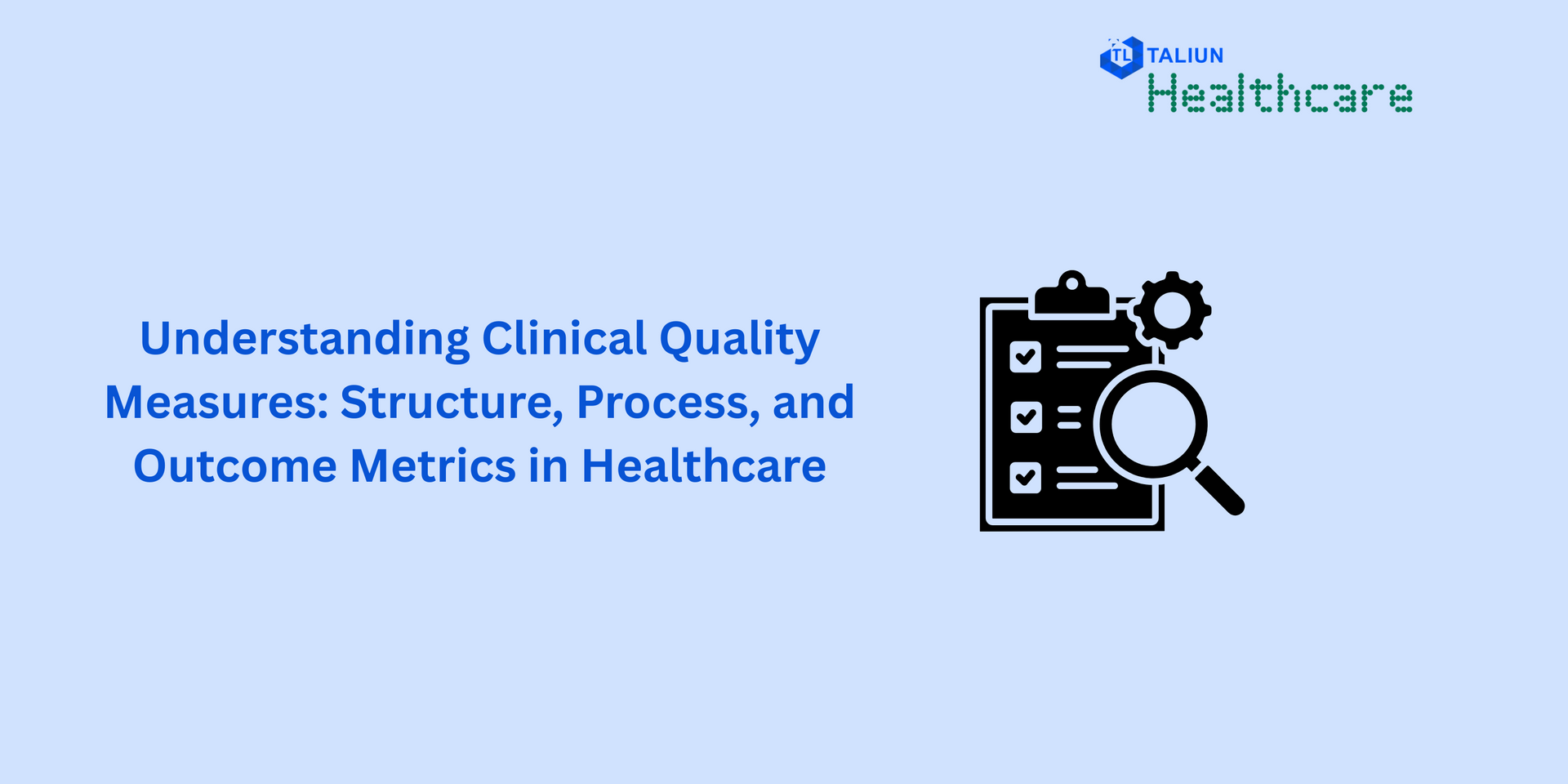Digital Front Door Strategy : Making an Impact on Patient Experience

Introduction:
Medical organizations, hospitals, and health systems have the chance to stand out now or risk falling behind and having to catch up later due to the desire for 24/7 access and self-service convenience. The power is shifting to patients as they bear an increasing share of the financial cost. Your digital front door provides fresh ways to draw in clients and maintain their loyalty.
The "digital front door" is a strategy for interacting with patients at all significant points of their patient journey by utilizing technology that they are already familiar with using on a daily basis. A solid digital front door approach uses technology to promote patient access, boost efficiency, raise patient experience, and boost sales instead of focusing on any one product. We can use fhir in healthcare.
In the field of health information technology, the Fast Healthcare Interoperability Resources (FHIR) standard is frequently utilized. Its application as a benchmark for medical research is still less common. Data interoperability is becoming more and more vital for utilizing the current data sources for health research more effectively.
According to Healthcare quality measures reporting, the new normal has also given patients a completely new healthcare experience. In contrast to 2019, when 11% of patients used telehealth or virtual healthcare, today, 75% of patients access healthcare through technology.
Many clinicians and their patients are finding that they cannot — or are reluctant to — just turn the digital consumer experience back off now that it has been activated.

Patient Experience with Touch Points:
The healthcare industry is evolving to put the patient first. Additionally, patients in the present day are more informed, mobile, and technologically sophisticated than ever before, making it more important than ever to attend to their specific needs and make them feel at home.
Patients are halfway through their journey when they learn about your practice. Patients of today expect to be able to look for doctors, make appointments, and complete forms online.
It's time to live up to the high standards that the patient thought you had established through your website when they show up for their booked appointment. It's crucial to provide patients with a satisfying experience each and every time they visit in order to keep them satisfied and returning.
Patients can use Wearables and EHR data. Wearables can meet the needs of real-time virtual patient care by allowing constant patient monitoring from a distance. To give patients and their doctors a comprehensive picture of their health, this information can subsequently be entered into an EHR system.
Using Digital Touchpoints to Improve Patient Experience Across the Care Life Cycle
To make sure that patients receive ongoing care that is personalised to their specific needs, digital front doors can be useful. Healthcare organisations occasionally have trouble reaching the people who could benefit the most from population health efforts.
Given that self-service is used extensively throughout enterprises, a digital entrance system seems appropriate. Patient portals are designed to be a one-stop shop for all of a patient's healthcare-related needs, from examining their medical records and lab results to getting more information about their insurance and payment alternatives.
- People should have simple access to medical and mental health care if they need it.
- By removing obstacles to care and enabling real-time communication between patients and their providers, digital front doors and digital health can help make it happen (via phone, chat, video, or even in an asynchronous fashion).
- With telemedicine and in-person support from medical professionals, care can start online and continue at home.
- In order to conduct wellness visits, bridge care gaps, and address socioeconomic determinants of health by connecting them to suitable community services, programmes can be created to proactively identify and reach out to target populations.
By transitioning to virtual visits, numerous challenges can be overcome and population health initiatives can be achieved. Patients rarely, if ever, need to worry about transportation arrangements like petrol money or child care to travel to and from their appointments, which is a perk of digital-first treatment. It takes less time and money to commute.
Tools:
- Chatbots: Also referred to as "virtual agents," chatbots are pieces of computer software that employ pre-established rules to direct or assist a person in a conversation. Natural language processing (NLP), an advanced kind of artificial intelligence, is being used by more and more chatbots to understand, analyse, and even learn from human interactions, enabling them to successfully mimic human dialogue. 76 percent of U.S. hospitals use videoconferencing, according to the American Hospital Association, making it one of the most important telehealth technologies. Video conferencing software must be secure and HIPAA-compliant.
- Online Portals: Self-service has emerged as a dominant trend in the majority of businesses, therefore it should come as no surprise that online portals, notably patient portals, are essential to the digital front door. Patient portals are intended to be a one-stop shop for all of the needs of healthcare consumers, allowing them to review their medical records, access lab results, examine their healthcare benefits and coverage, complete forms, make payments, update contact information, get in touch with their provider, and more.
- Video Conferencing: According to a survey, 76% of U.S. hospitals employ video conferencing to communicate with patients and consulting physicians. Video conferencing systems and telehealth technologies in general, which are created to provide patients and clinicians with a secure, remote means to interact, offer significant advantages to people with disabilities since they remove typical hurdles to obtaining in-person medical sessions. People with busy schedules are particularly drawn to the convenience of video appointments since it makes it simpler for patients to find time for high-quality care.
- Automation: Manual patient communications have long been a pain point within the traditional healthcare experience. They necessitate a large number of medical professionals to manage them, for one. They also raise the possibility of human error. The patient-provider relationship could be jeopardized, or even worse, a patient's health could be put in danger by something as easy as entering incorrect information into their medical records or forgetting to contact them after an appointment. As healthcare organizations add new systems and services to meet the need for telemedicine, these manual conversations only get more complicated.

Conclusion:
A digital front door solution should be viewed as a strategic platform that encompasses all consumer-facing initiatives because it performs such a wide range of functions. The final outcome of siloed initiative implementation is a fragmented user experience. This is addressed via a digital front door, which acts as a central hub for all interactions, including e-referral, symptom assessment, virtual care, and remote monitoring. Organizations are better able to manage demand while enhancing the customer experience by utilizing existing technologies, going paperless, and providing virtual care services.




